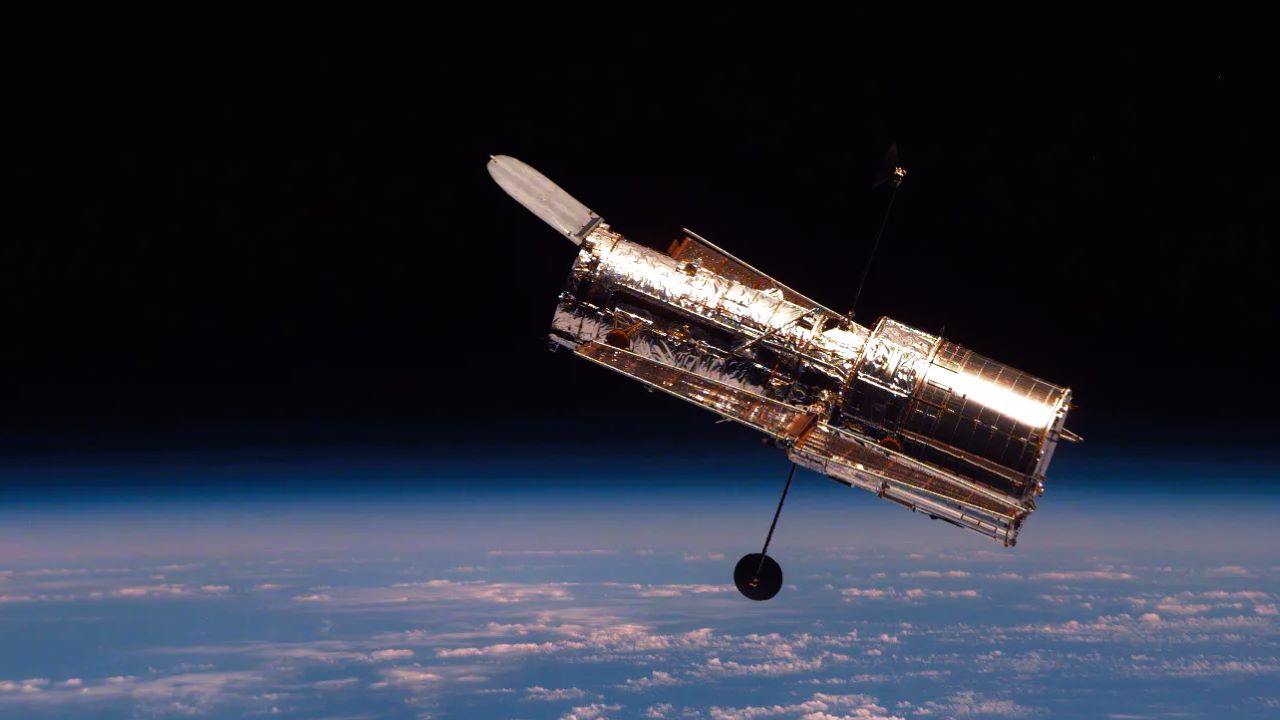Astronomers using the Hubble Space Telescope have made a significant discovery in the search for extraterrestrial water, detecting water vapor in the atmosphere of a small exoplanet named GJ 9827d. This planet, located 97 light-years from Earth, is notable for being the smallest exoplanet where water vapor has been detected, with a size approximately twice that of Earth. This finding is significant as it suggests the existence of water-rich atmospheres on other planets and marks an important step in understanding the diversity of atmospheres on rocky planets.
The discovery, however, leaves some questions unanswered. The researchers are currently unsure if the Hubble Telescope measured a small amount of water vapor in a predominantly hydrogen-rich atmosphere, or if GJ 9827d’s atmosphere is mostly water vapor, formed after a primordial hydrogen/helium atmosphere evaporated under the influence of stellar radiation. This uncertainty stems from the fact that while the planet’s size has been established, its atmospheric composition is still being studied.
The research, led by Pierre-Alexis Roy of the Université de Montréal, involved observing the planet during 11 transits across its star over three years. These observations allowed the astronomers to detect water molecules as the starlight passed through the planet’s atmosphere. The team believes that studying smaller planets like GJ 9827d is key to understanding the transition point where planets no longer retain hydrogen and have atmospheres similar to Venus, which is dominated by carbon dioxide.
GJ 9827d’s temperature, comparable to that of Venus at about 425 degrees Celsius, suggests that it would be a steamy and inhospitable world if its atmosphere were predominantly water vapor. There are two possibilities for the planet’s current state: it might still possess a hydrogen-rich envelope with water, resembling a mini-Neptune, or it could be akin to a warmer version of Jupiter’s moon Europa, which is rich in water.
The discovery of water vapor on GJ 9827d is a promising development in the search for Earth-like conditions on other planets and opens the door to more detailed studies, potentially using instruments like the James Webb Space Telescope for infrared spectroscopy to look for other atmospheric molecules




